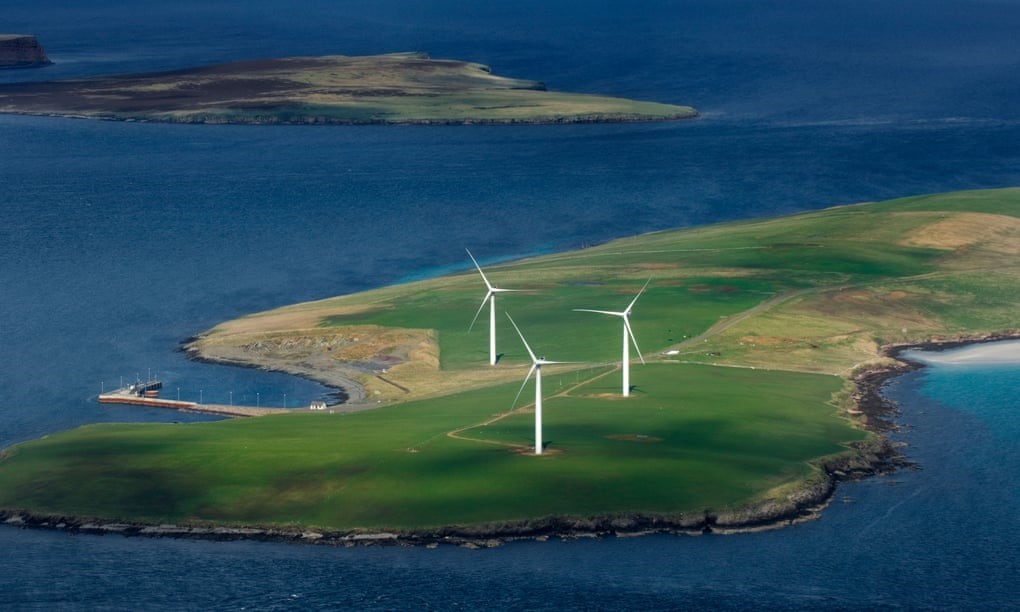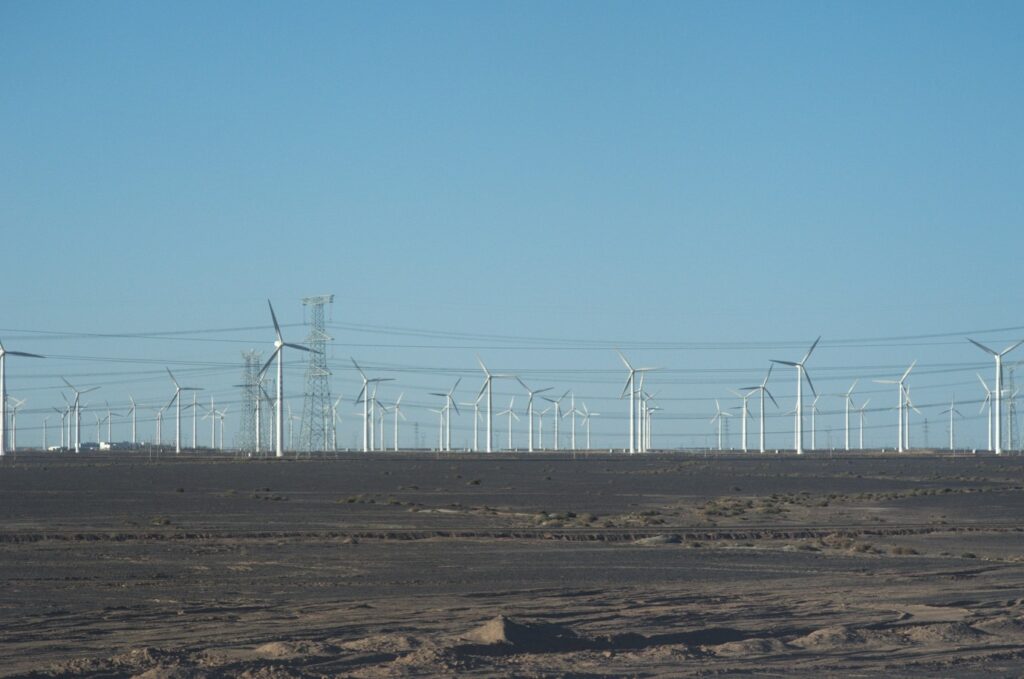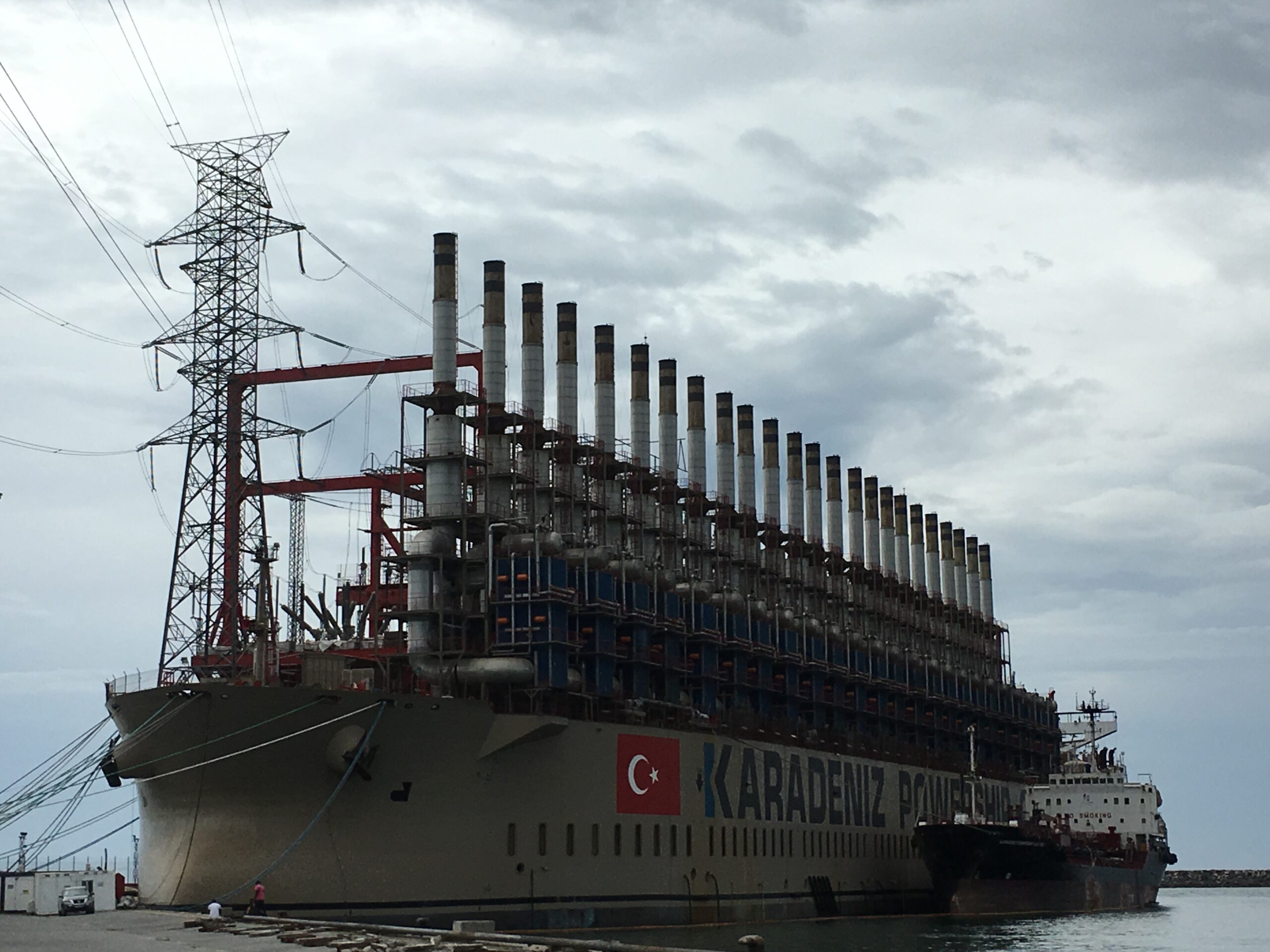By Pauline Destrée
- Part 1. Rupture: predictions, revelations and the ‘New Normal’
- Part 2. Overcapacity: an energy crisis you’ve never heard of
- Part 3. Resilience: Living in crisis
- Part 4. Repair: energy transitions and the futures of crisis
In this post, I look at a kind of energy crisis that doesn’t usually make the headlines: overcapacity.
Overcapacity: Too much potential!
One of the major energy challenges today is providing adequate electricity for a growing population. Often, we associate “energy crisis” with a situation of shortage and lack, in the form of temporary or prolonged power outages. This was the topic of my PhD research, on the phenomenon of “Dumsor” in Ghana – a Twi neologism for “off-on”, which has today become an ironic qualifier for all kinds of things gone amiss. But in this post, I want to focus on a different, much less visible, energy crisis: overcapacity. Overcapacity is a situation of excess energy potential that results in wasted power, financial loss, and grid constraints with long-term consequences for the energy futures of a particular region. As Mette and Sean discuss here, managing excess supply is a perennial issue in oil trading, revealing the complex interactions between material infrastructures of storage and distribution and financial markets. With regards to electricity, overcapacity is increasingly recognized as a particular problem that attends the large-scale introduction of renewable energy onto the grid, due to the variability and intermittency of wind, solar and tidal sources. In this post, I look at the particular type of vulnerability that overcapacity produces – a vulnerability that is characteristic of all energy systems yet finds itself in an excess of energy potential and possibility, rather than a lack, shortage, or inadequacy of energy.
In my previous post, I looked at what this sudden crisis of oil surplus could mean for our possible planetary energy futures, in a world that seemed – until recently – oversaturated by oil and the petroculture it engenders. In this post, I look at situations in which the political or physical constraints of the grid lead to a “renewable overkill”, creating landscapes of abandonment and idleness, where wind turbines and other renewable energy projects lie as stalled, prevented or temporarily “stranded” assets.
The Renewable Overkill
In their series on oil prices, Mette and Sean have looked at oil prices turning negative for the first time in the history of oil trading. In Germany, electricity prices themselves have at times turned negative due to sporadic flooding of the grid with excess electricity, an overcapacity induced by the variability and intermittency of renewable energy sources. That is, power distributors have had to pay consumers to use up excess electricity. At times, the country has even had to pay wind farm operators in nearby markets to stop generating power, to try and alleviate its own excess capacity – something the UK also did in March 2014 to protect the integrity of its grid. The variable nature of renewables also threatens the condition of the grid, with sudden spikes in electricity damaging the transmission lines for electricity distribution in Germany’s export markets in Poland and the Czech Republic.
Similar situations are found in other places where renewable energy growth outpaces demand or finds itself mismatched to existing transmission infrastructure. In Scotland, the Orkney Islands have long been a pioneer in the deployment of new renewable energy technologies, but wind turbines there regularly need to be shut down because the surplus energy they generate (which fulfills 120% of the island’s own electricity needs) risks overloading the transmission cables already operating at full capacity. This results in widespread energy “waste”, reaching over 30% of annual output. This waste is invisible and immaterial: it lies in the unused potential of available power – but it has far-reaching economic and environmental consequences.

In China’s northern provinces, home to some of the world’s largest wind farms, overcapacity has created a landscape of inertia; on the border of the Gobi Desert in Inner Mongolia, thousands of those newly-built turbines lie idle or abandoned, waiting for demand to uptake and the grid to upgrade to accommodate excess power. Built in the effort to gradually phase out coal plants and remedy noxious air pollution in China’s major cities, these aeolian landscapes of premature abandonment make clear the physical constraints and challenges of integrating renewables into grid-based electricity systems. Part of the energy wasted is due to the geographical features of abundant wind resources, located in the inland and mountainous provinces of Northern China, that require an expansive network of transmission lines to the high-consuming coastal provinces to the East of the country; the growth of additional power capacity has not been matched by investments in the infrastructure of transmission, leaving enormous potential in mid-air. As a result, the government regularly halts the approval of new wind projects in an effort to slow down and level wind power growth with energy demand.

Political Grids
But not all overcapacity is caused by the variability of renewables. Overcapacity is also an emerging feature of countries that experience regular power outages. In Ghana, the country I know best, a situation of acute energy shortages (caused by low water levels at the Akosombo Dam as a result of climate change, financial issues with oil and gas supplies, and heavy losses and debts from the national utility company) has in the past 5 years been replaced by a crisis of overcapacity, due to contracted “emergency power” solutions in 2015 that has added over 2000 MW to the grid – almost the total national peak demand. Of course, some level of overcapacity is always necessary to ensure grid reliability, particularly with a high proportion of renewable energy, as a backup to variability; Ghana relying historically on the Akosombo Dam for much of its electricity needs, it made sense to have some level of overcapacity to accommodate seasonal weather patterns.
But today, Ghana’s installed capacity is over twice its peak demand. Overcapacity was created by the introduction of numerous IPPs – Independent Power Producers – intended to solve the power outages in the midst of an election year. These emergency infrastructures, as take-or-pay contracts (meaning the government must pay for them whether they use them or not), cost the nation an average US$ 24 million a month for unused excess power. This has led to huge increases in electricity tariffs, making electricity not only unreliable but unaffordable for many. The government has attempted to use the excess power by exporting it to neighbouring countries, but the total electricity demand from Togo, Ivory Coast and Burkina Faso combined does not even amount to half of Ghana’s excess capacity. In addition, since the Dumsor crisis, many large consumers have left the grid altogether, finding it more profitable – and reliable – to run on self-generation through a mix of solar power and diesel generators – further deteriorating the financial condition of the national grid. In contexts where the delivery of public goods such as electricity is widely associated with the historic mandate of the nation-state in promoting development, the grid becomes a key political space, registering and negotiating multiple and competing demands.

Like Ghana, Egypt and many other countries beset by perennial power outages or inadequate power supply have turned to IPPs as a short-term solution to increase their capacity, without expanding and upgrading their domestic and regional networks of distribution. As an energy analyst at SE4ALL (Sustainable Energy for All) told me, overcapacity is a ‘looming crisis’ for many Sub-Saharan African and Southeast Asian countries that have, like Ghana, contracted excess capacity in the past few years without investing in long-term distribution and transmission maintenance and expansion plans. In effect, many countries that suffer from acute power shortages could well be trading one form of infrastructural deficiency – blackouts – for another – overcapacity.
Prevented Futures
The problem of overcapacity is not just an economic liability: it is also an important factor in the realization – or prevention – of alternative energy futures. In Ghana and Egypt, as a result of overcapacity, utility-scale renewable energy projects have come to a stall. In 2019, the Ghanaian government issued a moratorium on PPAs (power purchase agreements), banning any addition to its grid until 2027. The Avitepa Wind Farm, Ghana’s first wind project in the East of the country, which has been in development for the past 15 years, is currently stalled for the foreseeable future. In contrast to the landscape of idle windfarms in Northern China, utility-scale renewable projects in Ghana have not been built yet, but they already remain paused and prevented futures.
Excess Vulnerability
As an anthropologist, my aim is not to find solutions to overcapacity, which are already well-explored by engineers and policymakers – including exporting excess electricity, converting it into hydrogen, or investing in “smarter” grids to better link demand with supply.
Rather, I am interested in the type of vulnerabilities that are lodged in our energy systems. As networks of generation, transmission and distribution of a moving matter that is essential to life but difficult to store, electricity systems are fragile structures that are constantly changing, synchronizing wildly fluctuating demand, weather patterns, political agendas, and material constraints. As I have shown, overcapacity significantly influences the uptake of renewable energy, sometimes becoming a backtracker for environmental ambitions of decarbonization. Overcapacity, as a form of energy crisis, reveals that the vulnerability of our infrastructures does not only result from a net lack or presence of electricity, but from the (political and environmental) disjunctures between power generation and the material infrastructure of transmission. Critics of renewable energy often invoke their variability as a deterrent, arguing that they will result in shortages in the case of little sunlight or wind. In many cases where there is a large proportion of renewables onto the grid, however, it is not so much their lack as their excess that grid operators must try to accommodate. Variability is as much an issue of undersupply as it is an issue of excess power. From blackouts to idle windfarms, too much and too little power are both part of the infrastructural vulnerabilities of the grid – and they are as much political and environmental, as they are technological, dilemmas.




